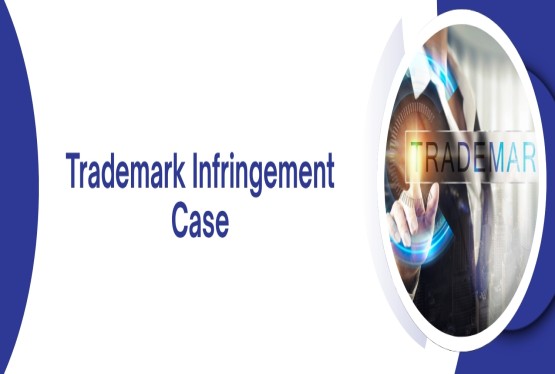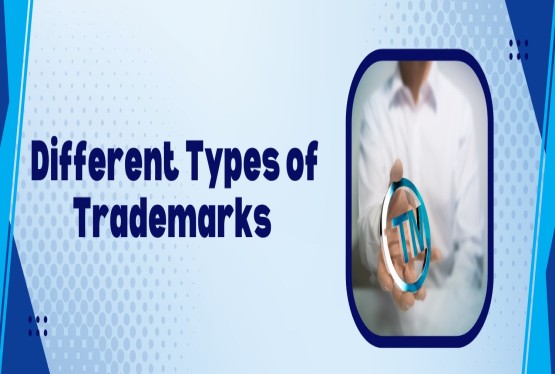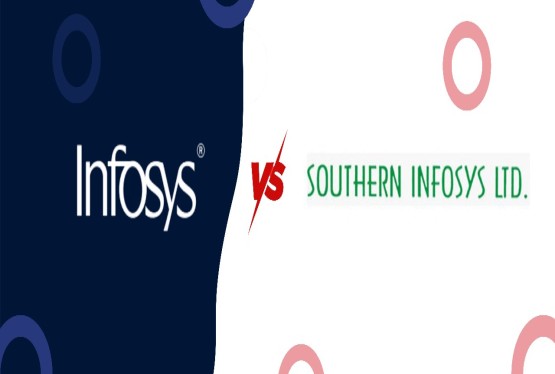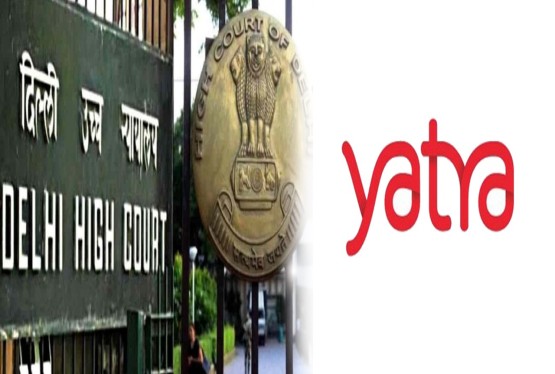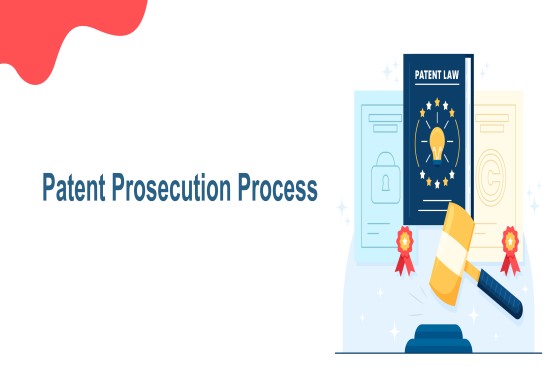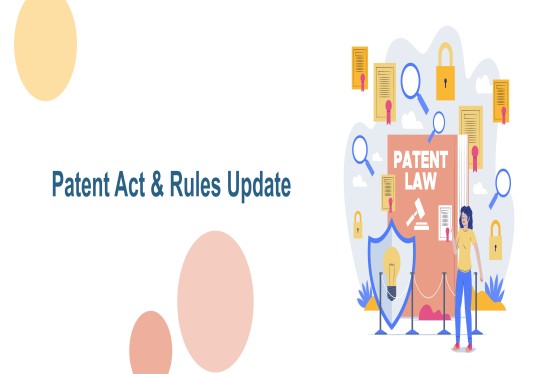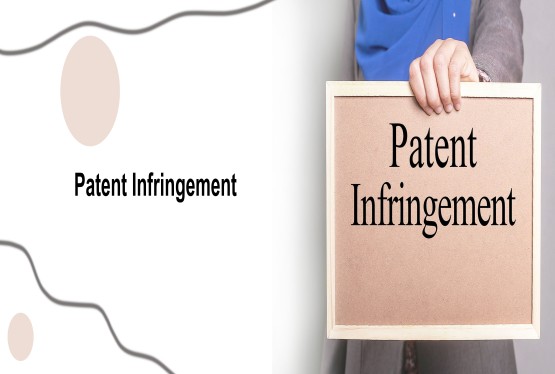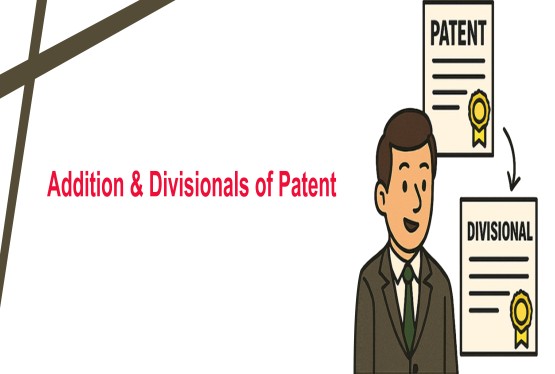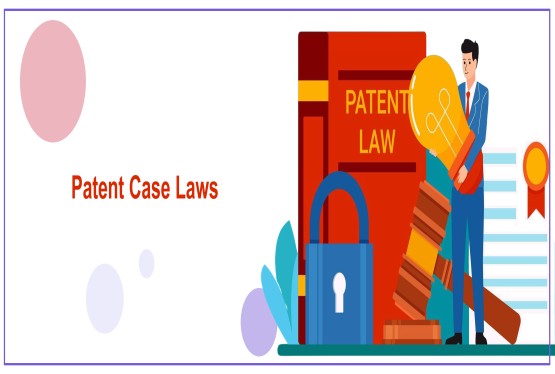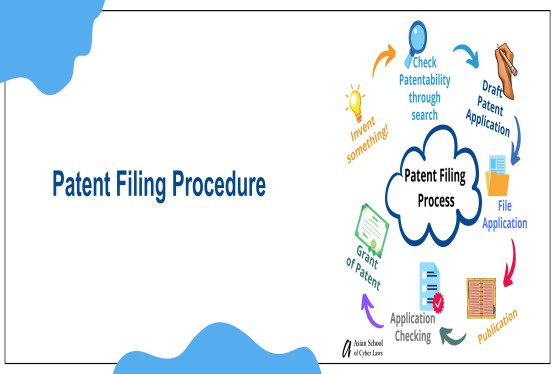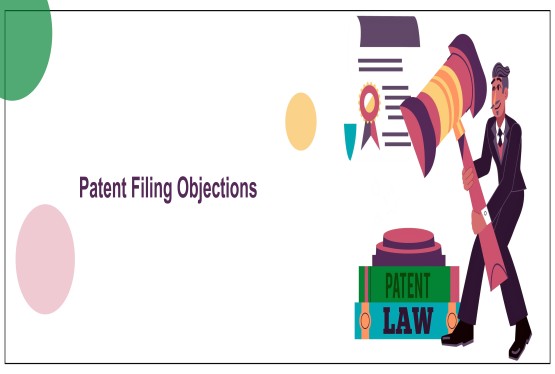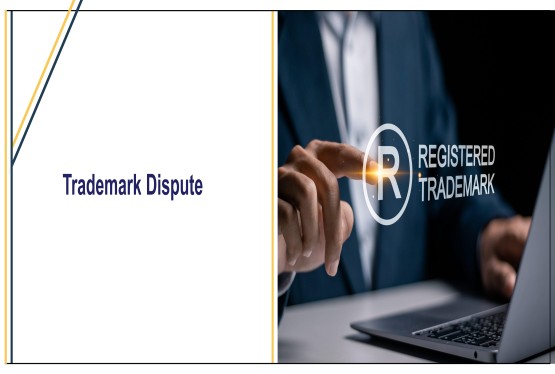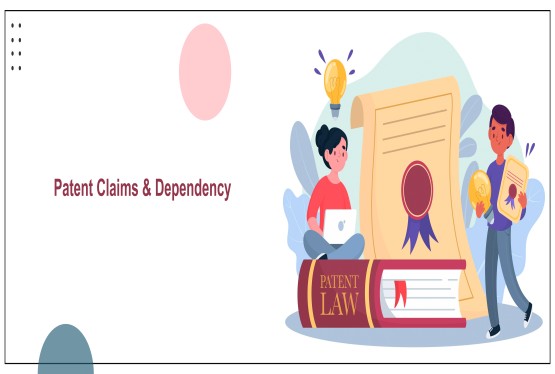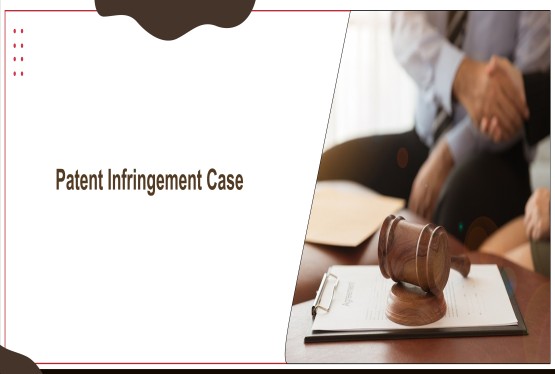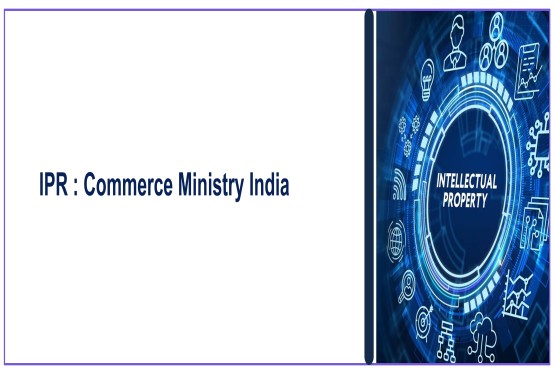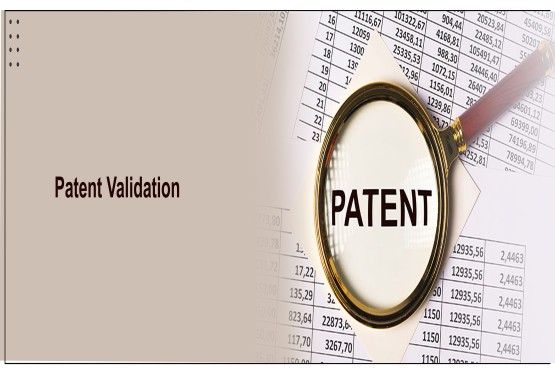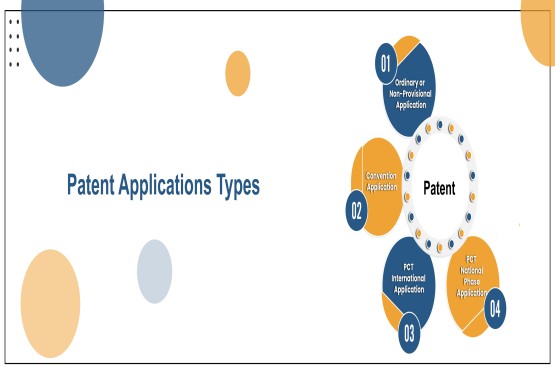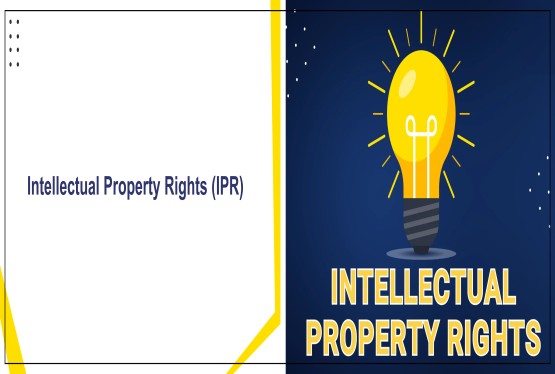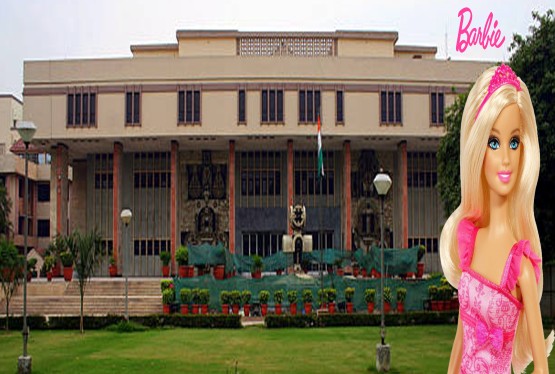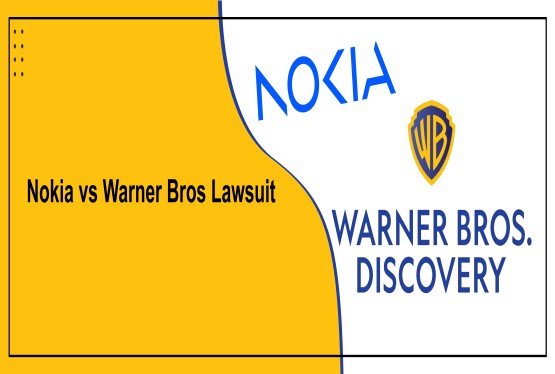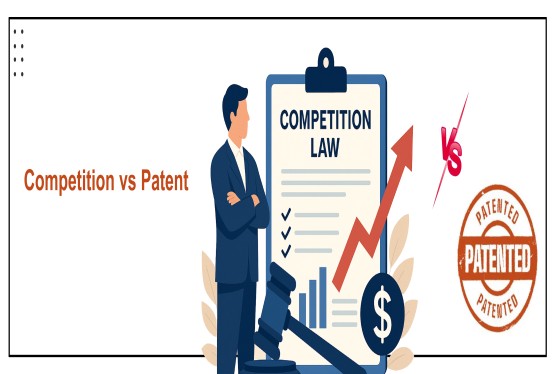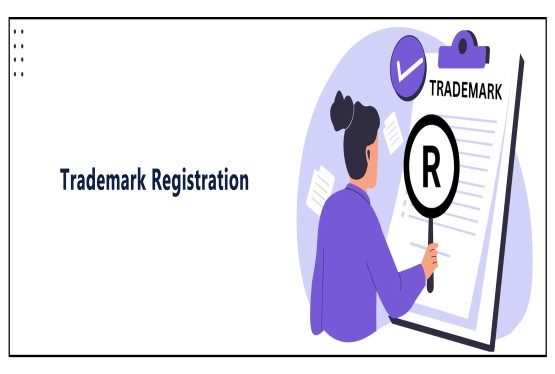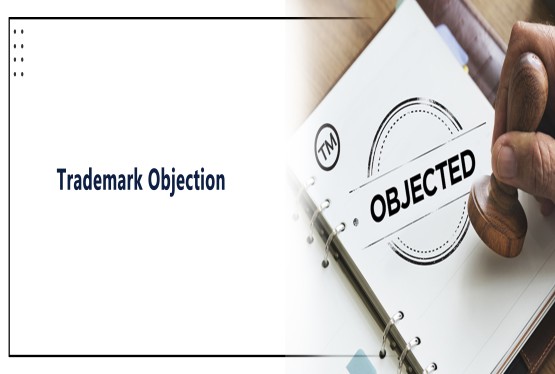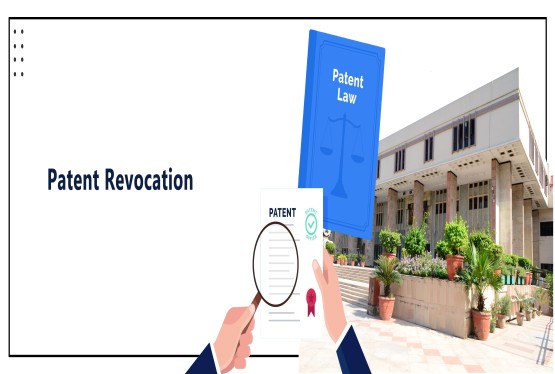In the dynamic world of intellectual property, trademarks stand as pillars of brand identity and consumer trust, differentiating businesses and their offerings in the marketplace. Beyond their symbolic value, trademarks represent a company's hard-earned reputation and provide consumers with a crucial means to distinguish between products and services. Recognizing this significance, the legal framework surrounding trademarks is robust, prioritizing fairness and transparency. One critical aspect of this framework addresses the penalties for falsely representing a trademark as registered, an act that not only undermines the integrity of the trademark system but can also lead to trademark infringement claims and trademark objection proceedings.
Legal Framework under the Trade Marks Act, 1999
The Trade Marks Act, 1999 is the cornerstone of trademark law in India. It governs the Trademark registration, protection, and enforcement of trademarks. Misrepresenting a trademark as registered is addressed explicitly under Section 107 of the Act:
Section 107: Penalty for Falsely Representing a Trademark as Registered
1. Prohibition: This section prohibits any individual or entity from falsely representing a trademark as registered when it is not. This includes the use of the ® symbol or making statements implying registration.
2. Penalty: The law imposes a fine of up to INR 1,00,000 for such misrepresentation. Additionally, the offender may face civil liability for damages caused to affected parties.
3. Intent Requirement: To invoke penalties under Section 107, it must be proven that the accused knowingly made the false representation.
This provision reflects the legislature’s intent to uphold the integrity of the trademark registration process and protect stakeholders from fraud or deception.
Key Elements of Misrepresentation
To establish a claim of false representation, the following elements must be satisfied:
1. False Claim of Registration: The accused must have represented the trademark as registered when it was not.
2. Knowledge of Falsity: The accused must have knowingly made the false claim.
3. Resulting Harm: The false representation must have caused confusion, harm, or deception.
Recent Case Laws
1. Jagdish Gopal v. Indian Trade Corporation (2023)
In this case, the Delhi High Court addressed the issue of false use of the registered trademark symbol (®) on product packaging. The defendant’s trademark application had been rejected, but the defendant continued to represent the mark as registered. The court imposed a penalty under Section 107, emphasizing the importance of accurate trademark representation.
2. Sharma Industries v. KPM Pvt. Ltd. (2022)
The Bombay High Court dealt with a case where a company falsely claimed that its trademark was registered to gain an advantage in a business transaction. The court imposed a fine of INR 50,000 and awarded damages to the aggrieved party, reaffirming the seriousness of false representation.
3. Khanna Textiles v. PVR Enterprises (2021)
In this case, the Madras High Court found that falsely representing a trademark as registered constituted unfair competition. The court ordered the defendant to pay damages and emphasized the need for honest practices in the marketplace.
Practical Implications of False Representation
Impact on Businesses
1. Legal Consequences: Businesses found guilty of false representation may face fines, damages, and legal costs.
2. Loss of Reputation: Misrepresentation can tarnish a company’s credibility and consumer trust.
3. Regulatory Scrutiny: Companies may face additional scrutiny from regulatory bodies, impacting their operations.
Impact on Consumers
1. Deception: False claims about trademarks can mislead consumers about the quality or authenticity of products.
2. Confusion: Misrepresentation may create confusion in the market, affecting consumer decision-making.
Statutory Defenses
While penalties for false representation are stringent, certain defenses are available:
1. Inadvertent Error: The accused may claim that the false representation was an honest mistake rather than a deliberate act.
2. Subsequent Registration: If the trademark was registered shortly after the alleged misrepresentation, the accused may argue that the claim was made in anticipation of registration.
3. Internal Communication: The accused can argue that the representation was made in internal documents and not publicly advertised.
Comparative Analysis: Global Practices
United States
Under the Lanham Act, false representation of a trademark as registered can lead to civil liability, including fines and damages. Courts in the U.S. emphasize the importance of transparency in trademark claims.
European Union
The EU Trade Mark Regulation prohibits the misuse of the ® symbol. Violators may face financial penalties and sanctions, depending on the jurisdiction.
Lessons for India
India’s legal framework is aligned with global practices. However, adopting measures such as harsher penalties and faster dispute resolution mechanisms could enhance enforcement.
Recommendations for Businesses
To avoid liability under Section 107, businesses should adopt the following best practices:
1. Verify Registration Status: Ensure that the trademark is registered and obtain a certificate before using the ® symbol.
2. Consult Legal Experts: Seek advice from trademark attorneys to navigate complex trademark laws.
3. Educate Employees: Conduct training sessions to familiarize employees with legal requirements and compliance measures.
4. Monitor Partners: Ensure that distributors, agents, and other third parties do not misuse the trademark on behalf of the business.
Conclusion
The penalties for falsely representing a trademark as registered underline the importance of honesty and transparency in business practices. The Trade Marks Act, 1999, supported by recent case laws and government notifications, provides a robust framework to address such misrepresentation. Businesses must exercise due diligence in trademark representation to avoid legal consequences and uphold their reputation in the marketplace. By adhering to statutory requirements and fostering a culture of compliance, companies can contribute to a fair and trustworthy trademark ecosystem.
FAQs
1. What are the legal consequences of falsely representing a trademark as registered in India?
Ans. Under Section 107 of the Trade Marks Act, 1999, falsely representing a trademark as registered can have serious legal repercussions. This act carries significant penalties, including fines of up to INR 1,00,000. Furthermore, the offender may be held liable for any damages caused to affected parties as a result of the misleading representation.
2. What are the key elements that must be proven to establish a claim of false representation under Section 107?
Ans. To successfully establish a claim of false representation under Section 107, several key elements must be proven. Firstly, it must be demonstrated that the accused party made a false claim that the trademark was registered. Secondly, it is crucial to establish that the accused made this false claim knowingly. Finally, it must be proven that the false representation resulted in some form of confusion, harm, or deception to other parties.
3. How do recent case laws in India illustrate the consequences of falsely representing a trademark?
Ans. Recent case laws in India provide compelling examples of the serious consequences of falsely representing a trademark as registered. For instance, in Jagdish Gopal v. Indian Trade Corporation (2023), the Delhi High Court addressed a case where the defendant falsely used the registered trademark symbol (®) on product packaging despite their trademark application having been rejected. The court imposed a penalty under Section 107, emphasizing the importance of accurate trademark representation. Similarly, in Sharma Industries v. KPM Pvt. Ltd. (2022), the Bombay High Court dealt with a case where a company falsely claimed that its trademark was registered to gain an advantage in a business transaction. The court imposed a fine of INR 50,000 and awarded damages to the aggrieved party, reaffirming the seriousness of such deceptive practices.
4. What are the potential impacts of falsely representing a trademark on a business?
Ans. Falsely representing a trademark as registered can have significant negative impacts on a business. Firstly, it can lead to severe legal consequences, including fines and damages as outlined in Section 107 of the Trade Marks Act, 1999. Furthermore, it can severely damage the company's reputation and erode consumer trust. Additionally, such actions may attract increased scrutiny from regulatory bodies, potentially impacting the company's operations and future business endeavors.
5. What preventive measures can businesses take to avoid penalties for false representation?
Ans. To effectively avoid penalties for falsely representing a trademark as registered, businesses should implement several preventive measures. Firstly, it is crucial to verify the registration status of any trademark before using the ® symbol. Secondly, seeking advice from experienced trademark attorneys is highly recommended to navigate complex trademark laws and ensure compliance. Additionally, conducting thorough training sessions for employees to familiarize them with legal requirements and compliance measures related to trademark use is essential. Finally, businesses should carefully monitor the actions of distributors, agents, and other third parties to ensure they do not misuse the trademark on behalf of the company. By implementing these proactive measures, businesses can minimize the risk of legal repercussions and maintain a strong and ethical brand image.






























_(b)_of_the_Trademark_Act,_1999_(1)_crop10_thumb.jpg)



_crop10_thumb.jpg)




























_crop10_thumb.jpg)
_crop10_thumb.jpg)






_crop10_thumb.jpg)








_crop10_thumb.jpg)



_crop10_thumb.jpg)





























_crop10_thumb.jpg)

















_crop10_thumb.jpg)






_crop10_thumb.jpg)











































































































































_crop10_thumb.jpg)




































_crop10_thumb.jpg)












_crop10_thumb.jpg)













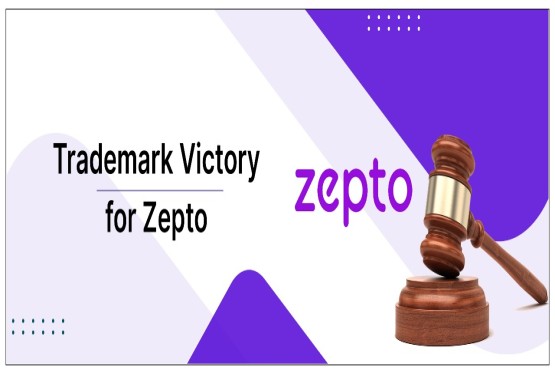

































_crop10_thumb.jpg)






